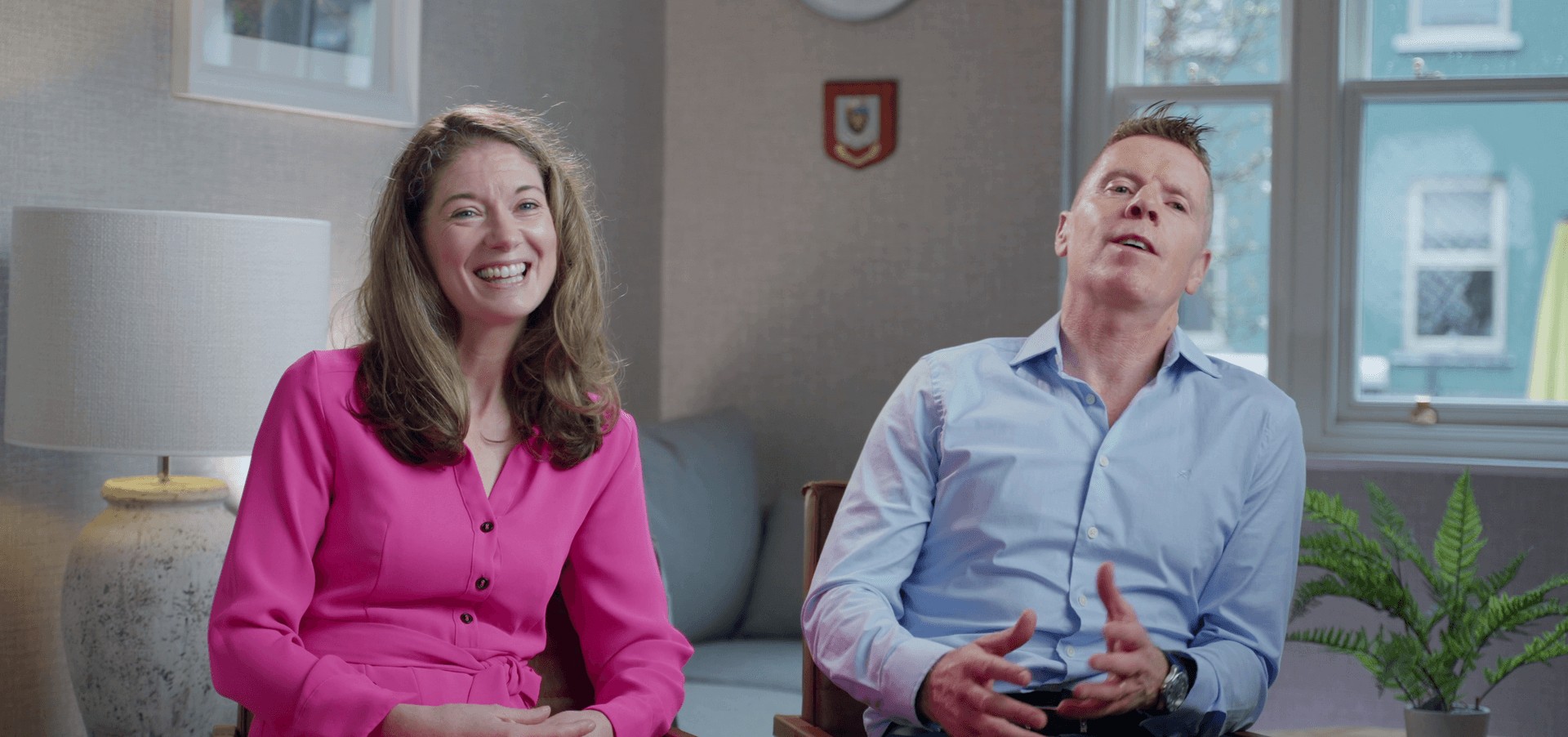When it comes to planning for retirement, one of the most persistent and overlooked inequalities is the pension gap between men and women. Despite strides toward gender equality in the workplace and at home, women across Ireland, and globally, continue to retire with significantly less pension wealth than men.
What Is the Pension Gap?
The pension gap refers to the difference in retirement income between men and women. It’s driven by a complex web of factors, but the outcome is simple: women often face financial insecurity in later life. According to the European Commission, women in the EU receive around 30% less in pensions than men, and Ireland is no exception.
Why Does This Happen?
- Career Interruptions: Women are more likely to take time out of the workforce to care for children or aging parents. These career breaks reduce pension contributions and hinder long-term earnings growth.
- Part-Time Work: Many women return to the workforce in part-time roles, which often come with lower pay, fewer benefits, and restricted access to employer pension schemes.
- The Gender Pay Gap: Women in Ireland still earn less than men on average. Lower earnings mean lower contributions to pensions, both state and private.
- Longer Life Expectancy: Women tend to live longer than men, meaning their pensions must stretch further, yet their pension pots are often smaller.
- Financial Literacy & Engagement: Some women may not engage with pension planning early enough, either due to time constraints or a lack of financial education tailored to their needs.
What Does This Mean for High-Earning Women?
Even among high-net-worth individuals, the pension gap can quietly persist. For example:
- Entrepreneurial women may prioritise reinvesting in their business over retirement planning.
- Senior professionals may delay planning because their income provides a false sense of long-term security.
- Wealth accumulation strategies may focus more on short-term assets than long-term retirement vehicles.
How to Close the Gap
Whether you’re planning for your own retirement or advising the next generation, early and strategic intervention is key:
- Start Early and Maximise Contributions: Use tax-efficient pension vehicles, such as Personal Retirement Savings Accounts (PRSAs) or Executive Pensions, and contribute as much as allowable under Revenue limits.
- Pension Reviews After Life Events: After maternity leave, a career change, or a period of part-time work, review and adjust your pension contributions to stay on track.
- Diversify Beyond Pensions: A holistic financial plan should include property, business interests, and investment portfolios that provide additional retirement income and security.
- Work With a Financial Planner: An experienced planner can tailor a retirement strategy that accounts for career patterns, tax efficiency, estate planning, and legacy goals, especially important for women balancing multiple financial roles in the family and business.
Final Thoughts
The pension gap is not just a women’s issue, it’s a family issue, a societal issue, and a planning issue. As with all wealth matters, being proactive makes all the difference. By recognising the systemic challenges and taking strategic action, women can retire with confidence and financial independence.
If you’re concerned about how the pension gap might impact you or someone you care about, we’d be happy to help. Book a consultation with us today and start closing the pension gap with a personalised plan.
In Their Own Words







